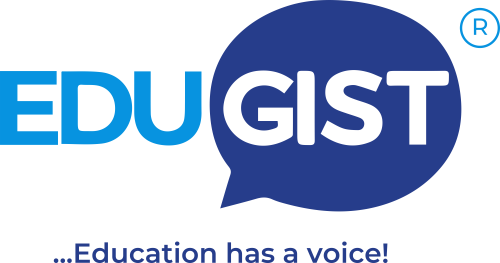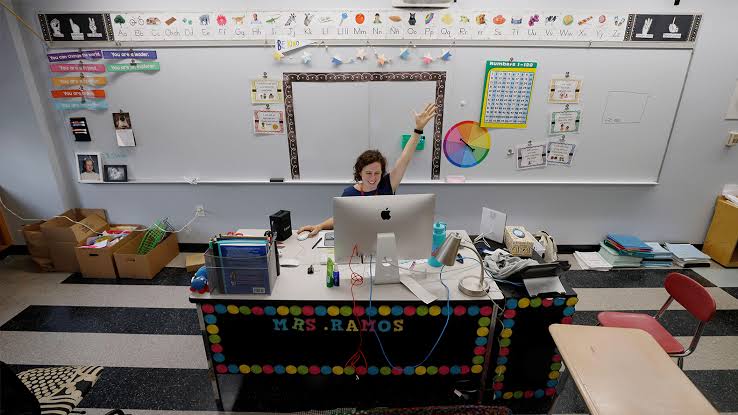In today’s dynamic education environment, teachers need to integrate a variety of tools to enhance their effectiveness and meet diverse student needs. Whether for classroom management, interactive learning, or distance education, using the right tools can improve student engagement, streamline administrative tasks, and create a more efficient teaching process. Below are 20 tools that can significantly boost teaching effectiveness, covering both digital technologies and classroom management resources.
1. Google Classroom
Google Classroom is a versatile tool that simplifies class organisation , communication, and resource sharing. Teachers can distribute assignments, track student progress, and provide real-time feedback, all in one platform. It integrates seamlessly with other Google apps like Docs, Sheets, and Slides, making it ideal for a paperless classroom. Additionally, its mobile app allows students and teachers to stay connected from anywhere.
2. Kahoot!
Kahoot! brings fun and interactivity into the classroom through game-based learning. This tool allows teachers to create quizzes and surveys that students answer in real time. It fosters engagement, encourages participation, and provides immediate feedback. Kahoot! is particularly useful for formative assessments, reviewing content, or introducing new topics in an enjoyable way.
3. ClassDojo
ClassDojo is a classroom management platform that connects teachers, students, and parents. It allows teachers to award points for positive behaviour , create reports, and communicate directly with parents. The tool also has features to encourage student self-reflection and digital portfolios where students can showcase their work. ClassDojo helps foster a positive classroom environment and strengthens home-school communication.
4. Edmodo
Edmodo is a social learning platform where teachers can share resources, assign work, and interact with students in a safe, controlled environment. It functions like a social network tailored for education, encouraging collaborative learning. Teachers can also use Edmodo to communicate with parents, provide updates, and gather feedback on student progress.
5. Zoom
Zoom became a lifeline for educators during the COVID-19 pandemic, but it remains an essential tool for virtual teaching. It allows teachers to host live classes, share screens, and record lessons for later viewing. With features like breakout rooms, Zoom encourages small group discussions and collaborations, making it suitable for both synchronous and asynchronous learning.
6. Padlet
Padlet is a collaborative digital board where students can post text, images, links, and videos. It’s great for brainstorming, sharing resources, or creating interactive activities. Teachers can use Padlet to engage students in collaborative work, organise discussions, or even create portfolios of class projects. It’s highly customisable and encourages creativity in the classroom.
7. Canva for Education
Canva for Education provides teachers and students with a wide range of design templates to create visually appealing educational materials. Whether it’s designing presentations, posters, or infographics, Canva helps educators convey information in a more engaging and creative way. It’s also useful for students to produce visually attractive reports and projects.
8. Flip (formerly Flipgrid)
Flip is a video-based discussion platform where students can respond to prompts with short videos. This tool promotes student voice and creativity while encouraging shy or quiet students to participate. Teachers can create discussions on any subject, and students can watch each other’s responses, promoting interaction and engagement in a digital format.
9. Seesaw
Seesaw is a student-driven digital portfolio platform where students can document and reflect on their learning journey. Teachers can assign activities, and students can submit their work through text, images, or videos. Seesaw also allows for parental involvement, giving them insights into their child’s progress and work in the classroom.
10. Nearpod
Nearpod transforms traditional lessons into interactive experiences. Teachers can create presentations with quizzes, polls, and open-ended questions to assess student understanding in real time. Nearpod also includes VR experiences, allowing students to explore new environments and concepts virtually. This tool is great for creating engaging lessons that cater to various learning styles.
11. Microsoft Teams
Microsoft Teams offers a comprehensive collaboration platform where teachers and students can communicate, share files, and collaborate on assignments in real-time. Integrated with Office 365, it allows seamless access to Word, Excel, and PowerPoint. It’s particularly effective. for organising class discussions, group projects, and assignments in a virtual or hybrid classroom setup.
12. Trello
Trello is a project management tool that helps teachers organize tasks, plan lessons, and manage classroom activities. With its board-and-card system, Trello can be used to track assignments, set deadlines, and monitor students’ progress. It’s flexible and can be adapted to both individual projects and collaborative classroom tasks.
13. Quizlet
Quizlet helps students master new concepts through flashcards, quizzes, and games. Teachers can create their own sets or use millions of pre-made study sets. Quizlet is especially helpful for vocabulary, memorisation , and test prep, allowing students to study at their own pace or engage in real-time games like Quizlet Live.
14. Socrative
Socrative is an instant feedback tool that allows teachers to gauge student understanding through quizzes, polls, and quick formative assessments. Teachers can create quizzes in advance or ask questions on the fly. Socrative provides real-time data that helps adjust lessons based on student comprehension, making it a powerful tool for formative assessment.
15. Screencast-O-Matic
Screencast-O-Matic is a screen recording tool that lets teachers create instructional videos, tutorials, or feedback for students. Whether demonstrating a process or explaining complex concepts, this tool is perfect for flipped classrooms and distance learning. Teachers can record both their screen and webcam, offering a more personalised touch to virtual lessons.
16. Pear Deck
Pear Deck integrates with Google Slides or PowerPoint to make presentations interactive. Teachers can add questions, polls, and activities directly into their slides to engage students in real time. Pear Deck also collects data on student responses, helping teachers assess understanding and adapt instruction on the fly.
17. Google Forms
Google Forms is a simple yet powerful tool for creating surveys, quizzes, and feedback forms. It’s perfect for formative assessments, gathering student opinions, or even creating exit tickets at the end of a lesson. Google Forms automatically compiles responses into charts and spreadsheets, making data collection and analysis efficient.
18. TeacherKit
TeacherKit is a classroom management tool that allows teachers to track attendance, behaviour , and grades. With its intuitive interface, teachers can easily keep records of each student’s performance, track behaviour patterns, and communicate progress with parents. TeacherKit simplifies the administrative side of teaching, allowing more focus on instruction.
19. Prodigy
Prodigy is a game-based learning platform that helps students practice math skills in a fun and engaging way. Aligned with the curriculum, it offers personalised practice that adapts to each student’s learning level. Teachers can assign specific skills or let students explore the game independently. Prodigy makes math practice enjoyable and motivating.
20. Remind
Remind is a communication tool that allows teachers to send quick messages, updates, and reminders to students and parents. It’s a simple way to keep everyone informed about assignments, deadlines, or upcoming events. With two-way communication, parents and students can ask questions, helping to maintain an open line of communication between home and school.
Incorporating the right mix of tools into your teaching routine can have a transformative effect on your classroom. Whether it’s engaging students with interactive learning platforms, managing behaviour and attendance with classroom management tools, or enhancing communication with parents, these tools streamline your tasks and improve the overall learning experience. As technology continues to evolve, embracing these resources will not only make teaching more efficient but also help create a more interactive and student-centred learning environment.














